
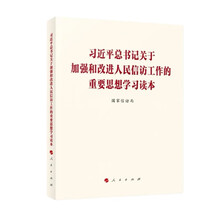
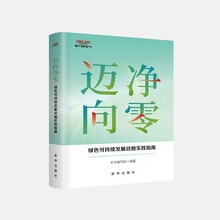
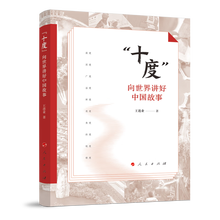
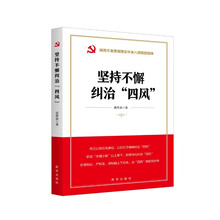
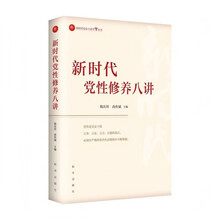

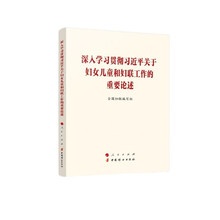
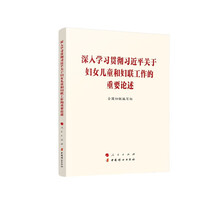
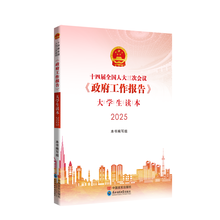
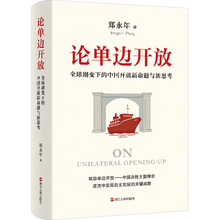
本书收录了“一带一路”沿线19个国家21个案例,力图揭示制度和文化因素对“一带一路”建设的影响,总结可供借鉴的经验和知识。本书图文并茂,从建设项目层面全景式展示了“一带一路”建设的真实状态,是读者深入了解“一带一路”建设不可或缺的读本,也是有志于“走出去”的企业家学习海外建设经验的必读之书。
This book is an important output of the Silk Road Environment Research Program of the Chinese Academy of Sciences, and the first volume of in-depth and systematic research on Belt and Road construction projects, which was written by dozens of Chinese scholars in collaboration with overseas scholars. Based on the theoretical perspective of inclusive globalization and intensive overseas field investigation, the book first classifies Belt and Road construction projects and summarizes the construction modes, and then examines twenty-one construction projects by briefly introducing the governance structure of the host country and the development process and cooperation structure of the project and analyzing its socioeconomic and environmental impacts. These projects are located in nineteen countries along the Belt and Road, covering such areas as railway, port, overseas economic and trade cooperation zone, domestic industrial park, manufacturing, mining & smelting, clean energy and logistics. The study of the book tries to reveal the impacts of institutional and cultural factors on Belt and Road construction, and produce theoretical knowledge for the reference of future construction. The book presents a real picture of the Belt and Road InitiatNe (BRI) at the project level, which a major reference for those who are interested in learning about the BRI and for those businessmen who plan to go global.
本书是中国科学院“丝路环境”研究专项的重要成果,《“一带一路”建设案例研究:包容性全球化的视角》的英文译本。本书是第一本系统且深入研究“一带一路”建设案例的著作,由数十位中外学者共同执笔完成。基于包容性全球化理论视角和大量海外实地调研,本书首先总结了“一带一路”建设的项目类型和建设模式,而后从东道国治理结构背景、发展历程、合作模式、社会经济影响和环境影响等方面系统阐述了21个建设案例。这些案例项目分布在“一带一路”沿线19个国家,涵盖铁路、港口、境外经贸合作园区、制造业、矿山开采及冶炼、清洁能源、物流合作等不同类型。案例分析力图揭示制度和文化因素对“一带一路”建设的影响,总结可供借鉴的经验和知识。本书图文并茂,从建设项目层面全景式展示了“一带一路”建设的真实状态,是读者深入了解“一带一路”建设不可或缺的读本,也是有志于“走出去”的企业家学习海外建设经验的必读之书。
Chapter 1 Theorizing Belt and Road Construction Modes
1.1 Progress in the Belt and Road Initiative
1.2 A Review of Research on the Belt and Road Initiative
1.3 Revisiting the Institutional and Cultural Turn
1.4 Understanding Belt and Road Construction Modes from Institutional and Cultural
1.5 Summary
Chapter 2Mombasa-Nairobi Standard-Gauge Railway
2.1 An Overview
2.2 Project Construction and Operation
2.3 The Socio-Economic Impact of the SGR on Kenya
2.4 Impact of the SGR on the Ecological Environment
2.5 Summary and Implications
Chapter 3 China-Laos Railway
3.1 Background and Progress of the China-Laos Railway
3.2 Socio-Economic Impacts of the China-Laos Railway on Laos
3.3 Environmental Impact of the China-Laos Railway
3.4 Summary and Enlightenment
Chapter 4 Piraeus Port
4.1 Project Background and Operation
4.2 Socio-Economic Impacts
……
Chapter 5 Jakarta-Bandung High-Speed Railway
Chapter 6 TCL Poland Plant
Chapter 7 China-Belarus Great Stone Industrial Park
Chapter 8 Thai-Chinese Rayong Industrial Zone
Chapter 9 Malaysia-China Kuantan Industrial Park
Chapter 10 China-Vietnam (Shenzhen-Haiphong) Economic and Trade Cooperation Zone
Chapter 11 China-Indonesia Economic and Trade Cooperation Zone
Chapter 12 Ussuriysk Economic and Trade Cooperation Zone
Chapter 13 China-Laos Mohan-Boten Economic Cooperation Zone
Chapter 14 Letpadaung Copper Mine
Chapter 15 Cambodia Sihanoukville Special Economic Zone
Chapter 16 Chinese Economic and Industrial Zone in Chittagong, Bangladesh
Chapter 17 Hualing Projects in Georgia
Chapter 18 Indonesia Morowali Industrial Park
Chapter 19 lstanbul-Ankara High-Speed Railway
Chapter 20 Quaid-e-Azam Solar Park in Pakistan
Chapter 21 China-Kazakhstan International Logistics Port
Chapter 22 The European Industrial City in Chengdu